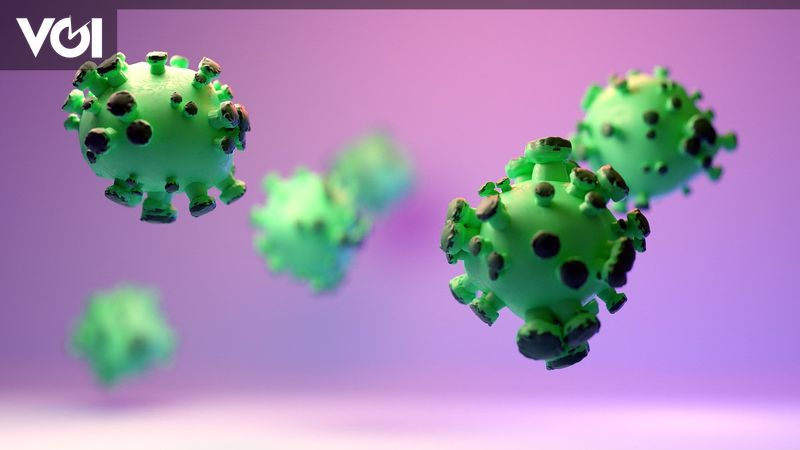JAKARTA – Geologists plan to crack 830 million year old rock salt crystals, which they believe contain ancient microorganisms that may still be alive.
Researchers from the Geological Society of America first announced the discovery of tiny remnants of prokaryotic and algal life in ancient halite crystals earlier this month.
These organisms are found within microscopic bubbles of fluid in crystals, known as inclusion fluids, which can serve as micro-habitats for small colonies to thrive.
Now the researchers want to open the crystal, to find out whether this ancient life is really still alive or not.
While bringing back an 830 million year old life form to the modern world may not sound like the most plausible idea, researchers insist it will be done with extreme caution.
“It sounds like a really bad B film, but there’s been a lot of detailed work going on over the years trying to figure out how to do it in the safest way possible,” study author Kathy Benison, a geologist at the University of West Virginia, told NPR.
This extraordinary discovery was originally reported in the journal Geology on May 11, and this week was quoted Daily Mail.
The researchers used a choice of imaging techniques to study fluid inclusions in halite chunks of the 830 million-year-old Browne Formation in central Australia.
They found organic solids and liquids that were consistent in size, shape, and fluorescent response to prokaryotic and algal cells.
This discovery shows that microorganisms can remain well preserved in halite for hundreds of millions of years. According to experts, this has implications for the search for alien life, according to the researchers.
It is possible that similar biosignatures could be detected in chemical sediments from Mars, where large salt deposits have been identified as evidence of ancient water-liquid reservoirs.
While it might sound implausible that the microorganisms in the crystals could still live, living prokaryotes had previously been extracted from halite as far back as 250 million years ago, so it’s not impossible that they could have survived 830 million years.
“The possible survival of microorganisms over geological timescales is not fully understood,” the researchers wrote in their study.
–
–
“It has been suggested that radiation destroys organic matter over a long period of time, however Nicostro et al. (2002) found that buried 250 million year old halite was exposed to only negligible amounts of radiation,” the researchers were quoted as saying Daily Mail.
“In addition, microorganisms can survive in fluid inclusions with metabolic changes, including survival of starvation and cyst stages, and coexist with organic compounds or dead cells that can serve as a source of nutrients.’
Commenting on the scientists’ plans to open the crystal, Bonnie Baxter, a biologist at Westminster College in Salt Lake City, who was not involved in the research, said the risk of unleashing an apocalyptic pandemic was relatively low.
“Environmental organisms that have never seen humans will have no mechanism to enter us and cause disease,” he told NPR. “So I personally, from a science perspective, am not afraid of that.”
–


